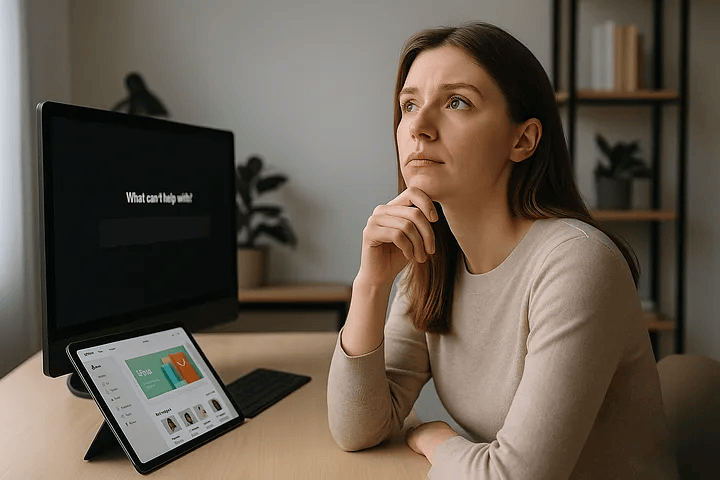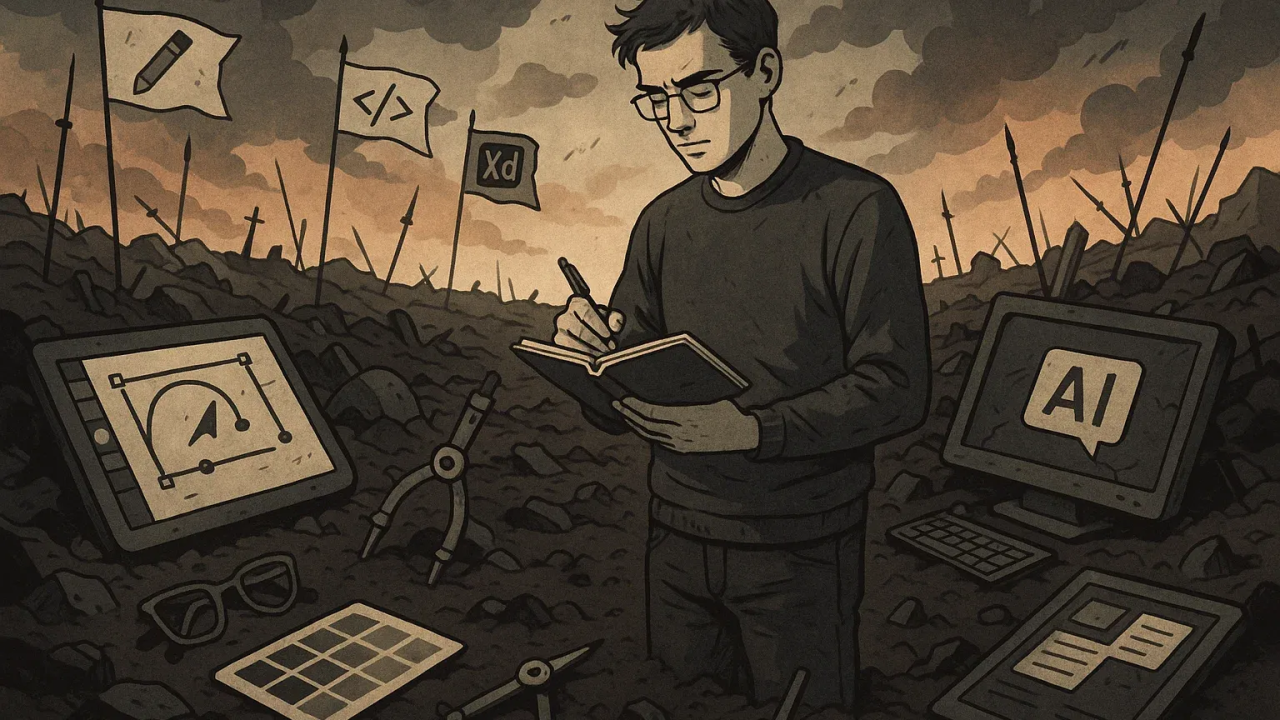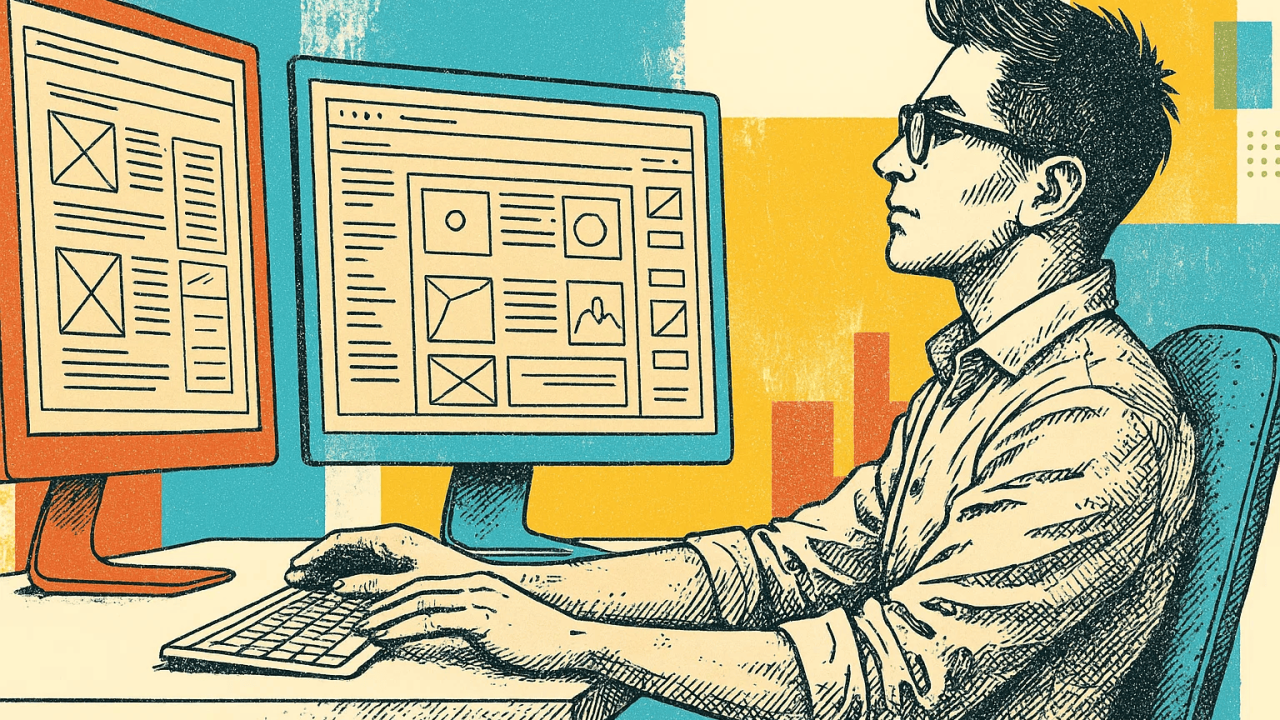What is our role as designers when AI can do our job?
If AI can design, build, (and ship) what’s left for us to shape?
What happens to design when execution is no longer ours to own?
Read on Medium➡️
Read on Substack➡️
📌 What’s Inside
- From creators to architects
- The state of AI
- When pixels lose their meaning
- No more pixel pushing
- How to gain control over creative work
🧱 From creators to architects
At its core, being a designer has always meant holding a dual awareness.
Of the surface and the system behind it.
Our job has never been solely about how things look. It has always involved considering how things behave, how they support user goals, and how they fit into broader contexts.
This is where the term ‘user experience’ was born.
Not from visual trends, but from a need to think holistically about systems, flows, and outcomes.
When we reduce it to visuals alone, we abandon the very essence of the discipline.
Yet, in recent years, we’ve seen a noticeable shift towards prioritising visual polish, largely influenced by emerging tools capable of rapidly producing high-quality graphics and visuals.
This ease of visual output has subtly pushed the industry towards immediate visual gratification, often at the expense of deeper, more deliberate UX considerations.
It’s been happening quietly, an increasing prioritisation of surface-level polish over deeper UX thinking.
But now, while all these tools keep upping their visual game, a completely different tool has been evolving alongside them — one that doesn’t help us design better visuals, but takes over the act of designing altogether.
AI is not only assisting now, it is starting to replace the very tasks we once called our own.
With AI now able to render those visuals at a higher standard than most of us could match by hand, maybe it’s time to leave behind the illusion that visual polish is our core value?

As of recently, it now transforms images or sketches directly into deployable systems, prompting us to reconsider our role fundamentally.
So now, with execution delegated to machines, we have a chance to refocus. And this change has been long overdue.
We’re out of excuses.
It’s time to re-centre our attention on what design is meant to serve: outcomes.
Some may worry that this shift in AI puts our jobs at risk — that it makes our roles as designers redundant.
But this moment is not a threat. It is an opportunity…
It opens space for deeper, more consequential thinking. AI may handle the execution, but it cannot define the architecture of a service, evaluate edge cases, or prioritise ethics. That responsibility remains with us. And it’s here that we have the chance to expand our influence.
In fact, there has never been a better time to be a designer.
…
Continue reading on Medium➡️
Continue reading on Substack➡️
Subscribe on Substack⬇️
You might also like:



